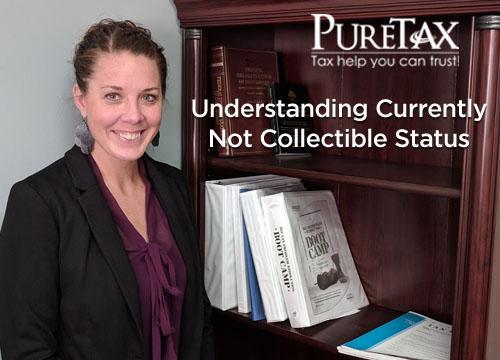Understanding Currently Not Collectible Status - Do You Qualify?

CNC, or Currently Not Collectible, is a popular tax relief program from the IRS where they suspend any collections against someone with back taxes, in which the taxpayer must provide documentation backing up their case.
What is the Process for a CNC?
To qualify, you have to submit a financial statement to the IRS. And depending on your case, the documentation could be a basic 2 page document, or it can be a multiple page, detailed document. The financial statement must include substantiation of assets and wages. This can include income, bank accounts, property, vehicles, or business assets. The IRS will evaluate your monthly allowable income, meaning you are given a limit onto monthly livable expenses, or a cap. If you go over that cap, the IRS requires additional substantiation. In the end, they take the difference between your income and expenses, if they sum is zero or in the negative, you may then qualify for a CNC status.
What Happens if I Qualify?
Once you are granted CNC, the IRS will then suspend any collections against you, as previously outlined. However, during the CNC status the IRS will attach federal tax liens to your assets. Essentially, the taxpayer won't be able to liquidate any of their property or assets while under this CNC grant.
How Do I Apply For CNC?
Pursuing and qualifying for a CNC requires the assistance of a licensed tax professional, typically a tax attorney. A tax attorney has the authority and experience to prepare a CNC request and negotiate with the IRS on your behalf.
WATCH THIS VIDEO TO LEARN MORE ABOUT AN CNC

